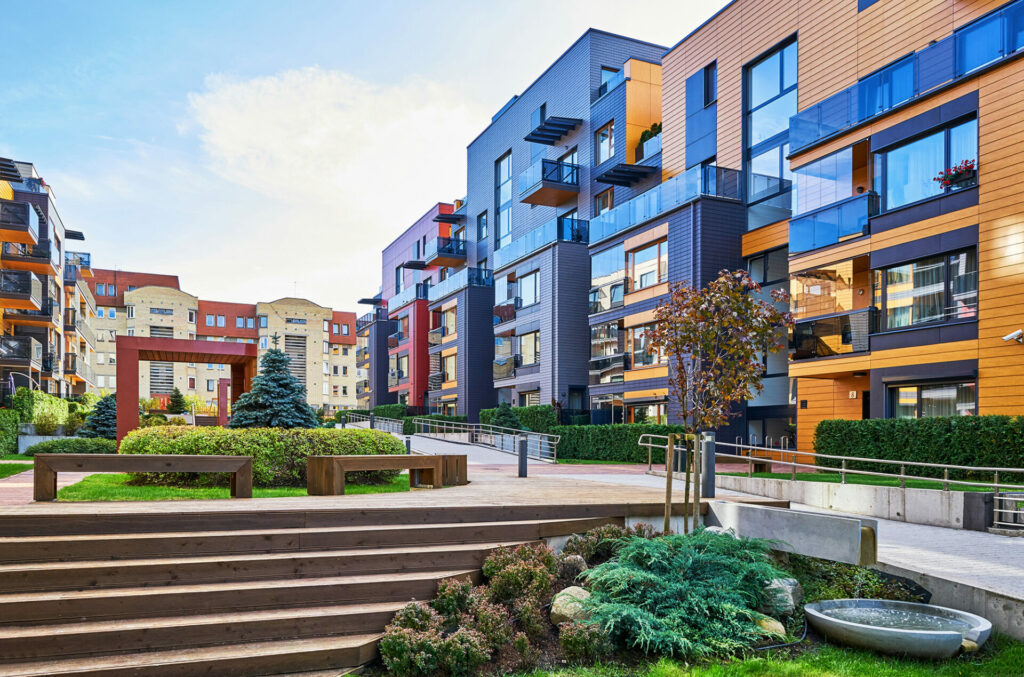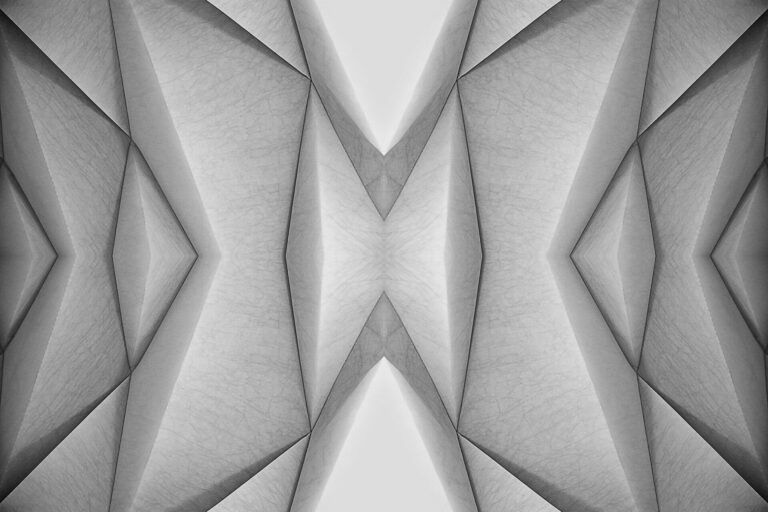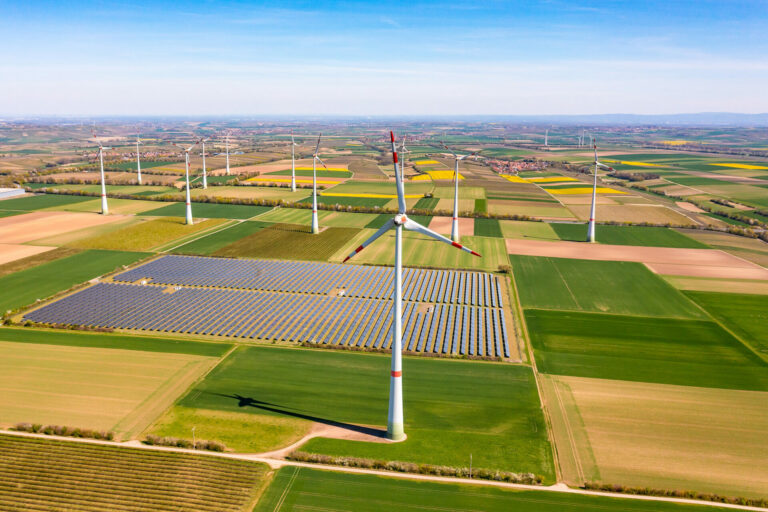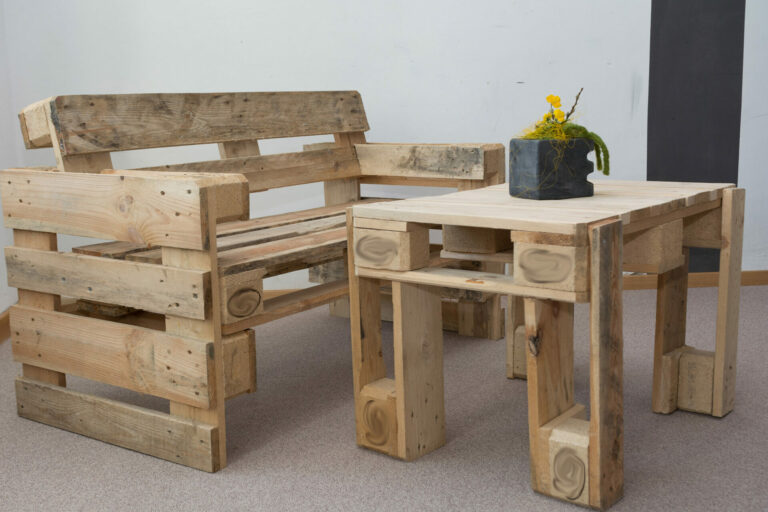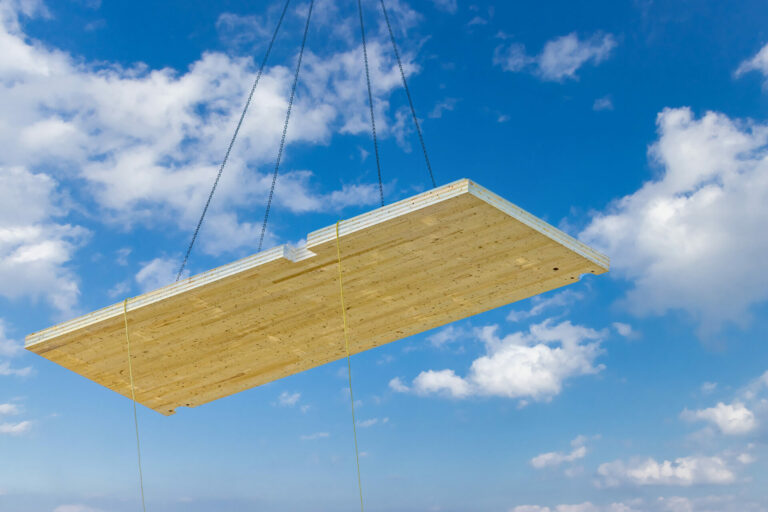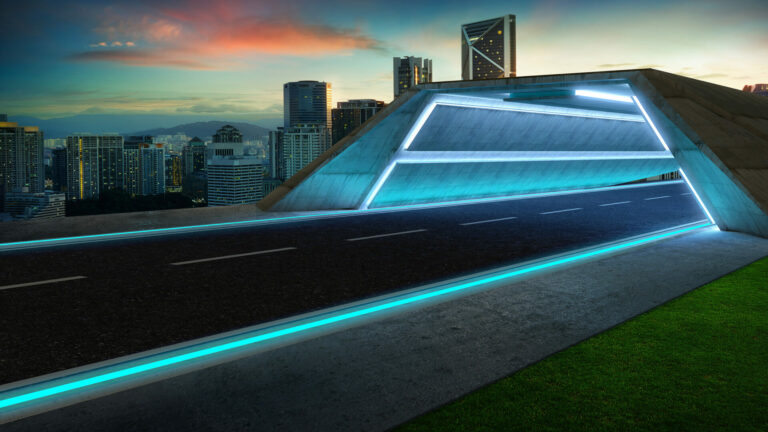The pathway of design has had many turns. While it can be seen as a fickle element of building, subjects to the transient flow of fashion and trends, it is much more complex and necessary than that. However, given its obvious links to all things contemporary, it is a facet of construction that is always subject to change. Processes and design features have always straddled the difficult areas that sits between aesthetics and function and modern considerations are no different. In fact, it is safe to say that the design field has never experienced greater challenges than the ones it faces in the modern landscape. As we attempt to migrate our built environment to a position that better reflects the multifaceted challenges facing society, design is now playing a key role. When we consider how design impacts the ability of buildings to assess, manage, and regulate itself, we can see the true picture. With technological advances becoming ever more embedded in design features, heat, light and power needs can be incorporated into the design process, thereby leading to Smart buildings of the future.
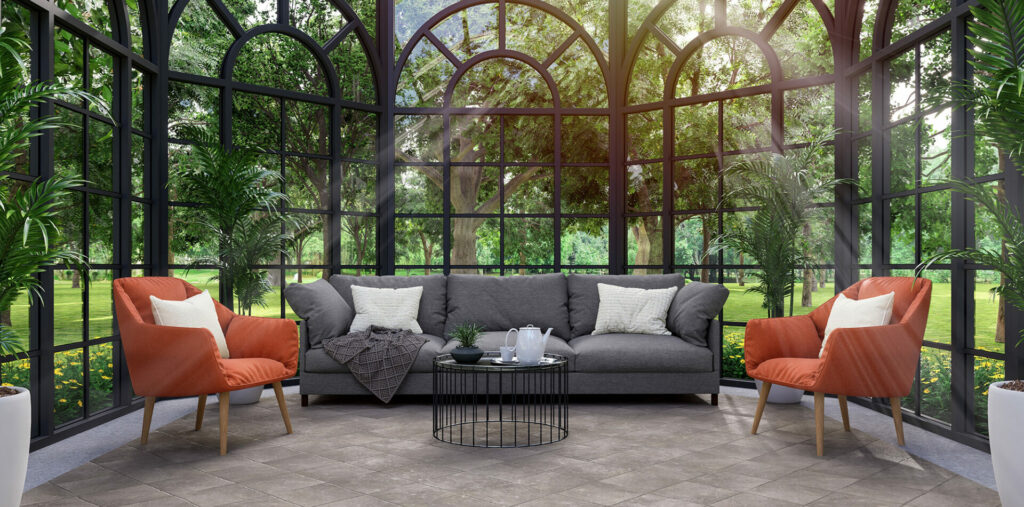
As design becomes an increasingly prevalent voice at the table, the industry is required to explore a multitude of avenues. Retrofitting, deconstruction, and sustainable materials are all now invaluable tools in the battle to rebalance our energy consumption against the earth’s natural resources. Design plays an enormous role in how this battle plays out, and more importantly, what chance we stand of winning. According to design expert Don Norman, design is one of the single most important factors in managing the environmental impact of the built environment. “We have to stop creating products that create great harm to the planet. We have to create products that can last for a long time and that can be repaired and upgraded when they become outdated or stop working. Alternatively, we can design as nature does. We can design in a way where the waste itself is a valuable substance that can be reused by nature. Think of an orange. It’s protected by the peel (not a plastic wrap). Once we peel the orange the peel will naturally decompose and function as fertilizer for the planet.”
While these values and skills are certainly helpful, the role of design touches many other elements of the industry. One in particular that can be often overlooked is the need for equity in terms of design, usage and context. With many sustainable practices now becoming ubiquitous, an element of rigid thinking can unconsciously encourage barriers to social equity. What people see as being non-negotiable can negatively impact those that need it most. It is only when flexibility is incorporated into the design process that equity is encouraged to emerge and thrive.
Observing what people do and how they interact with their environment gives you clues about what they think and feel. It also helps you learn about what they need.
Empathic Design is a concept that has been around for many years but is now gathering pace. It is a set of techniques based on observation and integrative consultation with the end user of a building. By placing the person at the center of the process, building designs can be identified and tweaked. According to a team leading Empathetic Design processes as Stanford University, the process is grounded in gaining insights. “Observing what people do and how they interact with their environment gives you clues about what they think and feel. It also helps you learn about what they need. By watching people, you can capture physical manifestations of their experiences – what they do and say. This will allow you to infer the intangible meaning of those experiences in order to uncover insights. These insights give you direction to create innovative solutions. The best solutions come out of the best insights into human behavior.”
For the team at Stanford, these insights and clues ultimately come from a place of empathy and equality. “Empathic design translates equity principles to equity in design. Currently, racial and gender bias in AI and other algorithm-mediated technologies is receiving due attention. This provides a relatable point of reference for students to envision how equity relates to computer engineering.” So, with that in mind, how can empathic design create true, equitable buildings?
Karen Vazquez is a Learning Experience Designer at Western Governors University, UT. For her, empathy in design is a positive approach, but it can obscure the true needs of the most vulnerable users. “In the traditional design process designers are taught to use empathy as an approach to gain a deep understanding of the problems and realities of their users,” says Vazquez. “While this is a great first step, it doesn’t always consider equity. Instead, it focuses on the most prominent themes arising from the data, inadvertently emphasizing the needs of the majority, while unintentionally leaving out the perspectives and needs of people of different races, ethnic backgrounds, and income levels.” For Vazquez and the team at WGU, equity is about approaching any design process with an increased awareness of unconscious bias, fostering humility and being willing to change. “We talk with many people from different backgrounds and perspectives. Sometimes we would hear from people with opposite viewpoints than our own. Instead of labeling someone as wrong or right, putting our own judgements and opinions aside allowed us to understand the thinking and experiences behind why someone may have their views.”
For those at Stanford, the need to increase equity in design has led to a series of studies and a re-shaping of the way it teaches design. Students are now tasked with the concept of noticing. By observing and truly noticing across a number of predesigned areas such as identity, power imbalance, context and partnership, genuine equity can emerge. “Noticing helps designers to develop a self and social-emotional awareness before entering any context or practice of empathy. This phase of our training focuses on the designer, in order to build a practice of self-awareness of their own identity, values, emotions, biases, assumptions and situatedness. From there, they can begin to reveal their authentic self, so they can empathize with humility, curiosity and courage. Noticing what one brings to any person and context allows for authentic human centered design, not “you” centered design.”
As design leads the construction industry into a brave new world on many fronts, it is important to remember that not everyone is swept along by the rising tide. Equity in construction such as the need to ensure low-income areas have access to the provisions needed for low emission homes, has never been more necessary. This can only be achieved when empathy and equity are prioritized at the beginning of a project. By identifying where our unconscious biases lie, we can make positive changes. Design may be prone to pivoting on a whim, but it seems that in modern construction it is the backbone of a fairer society.









